From the majesty of Angkor Wat to the diverse wildlife of Tonlé Sap, there’s a whole lot of reasons to explore Cambodia. This is your guide to the top 10 attractions that are a must in Cambodia!
Flooded rice paddies, dense jungle covered mountains and idyllic beaches are just a few of the many incredible attractions Cambodia has to offer. Despite being a country that has experienced bitter years, it moves forward with vigor and offers a variety of compelling, adventurous and charming sites. These top ten places in Cambodia are worth discovering for an in depth look into this fascinating country.
1. Battambang
At first glance, Battambang’s main attraction seems to be its French colonial charm, but there’s much more to it then meets the eye. This laid back riverside town is home to a mix of historical and natural wonders.
The perilously fast bamboo train whizzes locals and visitors alike through the jungle on a bamboo plank with wheels and a motor strapped to its back. Chatting up friendly locals in the neighbouring fishing villages is done with ease. Watching hundreds of bats emerged at sunset from a cave, snaking across the sky like a trail of smoke in perfect formation is awe-inspiring. Hilltop temples and tragic killing caves, used during the reign of the Khmer Rouge provide insight on the scale of the turbulent history. It’s not surprising visitors end up sticking around for longer than anticipated!
2. Preah Vihear
The ancient Khmer temple Preah Vihear is perched on the top of the Dangrek Mountains, 525 metres high! These mountains stretch along the boarder Cambodia shares with Thailand, so that the temple overlooks the land of smiles. This 11th Century temple is visually captivating and has an amazing panorama from its epic perch – and it solidly a top contender for top temples in Cambodia! Predating Angkor Wat, this often overlooked temple is off the beaten track and one of the most scenic places to visit in Cambodia.
3. Kep
During the colonial period, Khmer and French elite retreated to the small seaside town of Kep for luxurious beach holidays from the turn of the century until the 1960s. The opulent decadence met a sudden and violent end however, with the evacuation following the uprising of the Khmer Rouge. The resort town was quickly abandoned and large villas were looted by locals who would sell what they could to neighbouring Vietnam, just trying to survive.
Nowadays, there’s a certain fascination with visiting Kep, this small ghost town is revitalized by visitors who come to take in the post-apocalyptic feel. With the cool seaside breeze, local crab market, haunting buildings and lush surrounding jungle, there’s plenty to do in this mesmerizing place.
4. The Royal Palace, Phnom Penh
Home to the Khmer royalty, the Royal Palace is a complex of buildings, with ornate architecture and rich history. While some buildings have been rebuilt or restored, it offers a unique glimpse into the opulence of traditional Khmer architecture with a French twist! Aside from beautiful carvings, extensive murals and charmingly quaint gardens, it’s also home to the Silver Pagoda. A national treasure, precious stone encrusted Buddhas are housed inside, including the golden statue of Maitreya Buddha, decorated with 9,584 diamonds!
5. Beng Mealea
Sixty kilometres from Siem Reap lies a memorable temple often overlooked, Beng Mealea. Located deep in the jungle, it’s become truly enveloped by nature but still remains an impressive structure. Left almost as it was discovered, Beng Mealea fulfills any temple explorer fantasy as visitors climb over, through and under the massive masonry covered in vines, moss and the occasional banyan tree. While not as famous as many other temples of the region, its openness and wild surroundings make it one of the most impressive places to visit in Cambodia.
6. Kampot
Juxtaposed by the river and enveloping Elephant Mountains, Kampot is the perfect launch pad to explore the lovely nature, fascinating history and laid back culture of Southern Cambodia. Home to pepper plantations and tons of charming french style cafes it’s easy to relax in this riverside town, especially if you head upriver and rent a raft! Aside from drifting along the calm water, the countryside is dotted with limestone caves and humble temples.
Up in the mountains lies Bokor National Park, home to the former French colonial hill station. Like Kep, it was once a popular resort location for the elite, but was completely abandoned. Now the well worn shells of a hotel, church, station and villas are all that remain, covered in graffiti and scattered bullet holes from when the Khmer Rouge battled Vietnamese troops here.
7. Tonlé Sap
The largest freshwater lake in Southeast Asia, Tonlé Sap is a major source of livelihood for Cambodians. Just outside of Siem Reap, this rich region has incredible biodiversity, with large varieties of bird and aquatic life living in mangrove forests. Locals live in harmony with water, with entire villages perched above the changing levels on stilted wooden houses. The perfect place to learn about ecology and local life in Cambodia, Tonlé Sap is a well worth the visit!
8. Siem Reap
Once a sleepy lakeside town, Siem Reap has emerged as one of Cambodia’s top places to visit – and most of that comes down to its awe-inspiring temples of Angkor. Beyond the ancient facades of its crumbling ruins, though, Siem Reap isn’t just a gateway to the Angkor Complex. Thanks to a hefty influx of tourism, Siem Reap has blossomed into an epicentre of culture, arts and heritage.
Now that more and more visitors stick around for more than the temples, it’s not surprising to see visitors enraptured with the charming central district, featuring chic restaurants, oasis spas and thumping nightlife on Pub Street. The bustling night market is a welcome alternative to admittedly frenetic Pub Street, and is a great place to stock up on souvenirs.
9. Choeung Ek, Phnom Penh
Cambodia has risen for the ashes of its turbulent recent history, however it is still important to understand the sheer impact of the genocide. Many travelers seek to learn more about this event, and there is no place better suited then Choeung Ek.
A former orchard, the land was used by the Khmer Rouge as a killing field just outside of Phnom Penh and is now a memorial to the victims of this epic tragedy. Designed around an audio guide, visitors venture through the area — where some remains still litter the ground — listening to the stories of relatives of victims, survivors and even guards of the site. Despite the heavy subject matter, it’s an important and intimate experience and one that any visitor to Cambodia shouldn’t miss.
10. Angkor Complex
With ornate carvings, towering spires and encroaching jungle the Angkor complex in a marvel of the ancient world! One of the top places to visit in Cambodia, it’s not hard to see why. Aside from the vast array of 9th to 15th Century structures, there’s an insane amount of detail in the crumbling remains of this majestic empire, and exploring all of them takes a bit of planning.
Angkor Wat, the heart and national symbol of Cambodia, is the largest religious structure in the world. A medieval palace, built on swampland during a lifetime, it is an engineering marvel–and that’s not including the incredible hydraulic system that brought stability to the city. Surrounded by other out-of-this-world temples like the smiling faces carved into the towers of Bayon and the jungle enveloped Ta Prohm, the Angkor Complex proudly holds a place as one of Asia’s record-holding wonders.
————
Discover this incredible country and its top destinations on a customised tour of Cambodia.

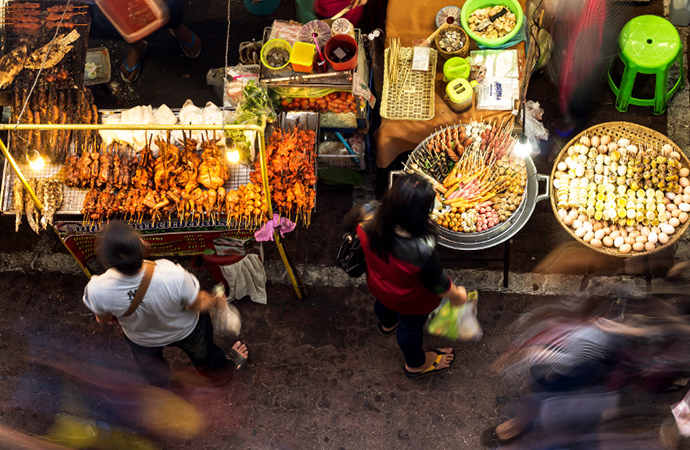
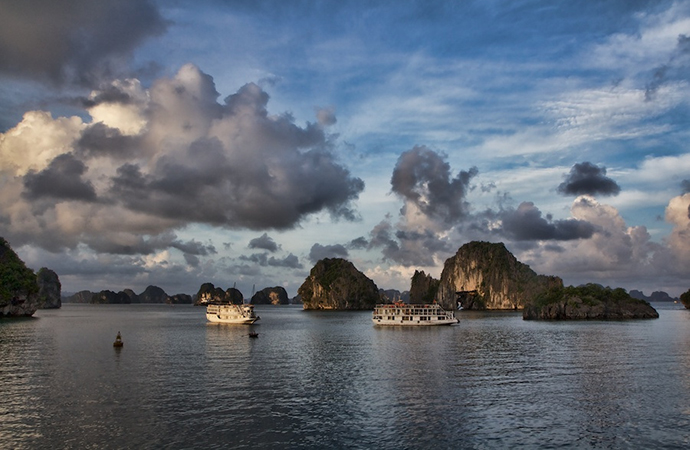
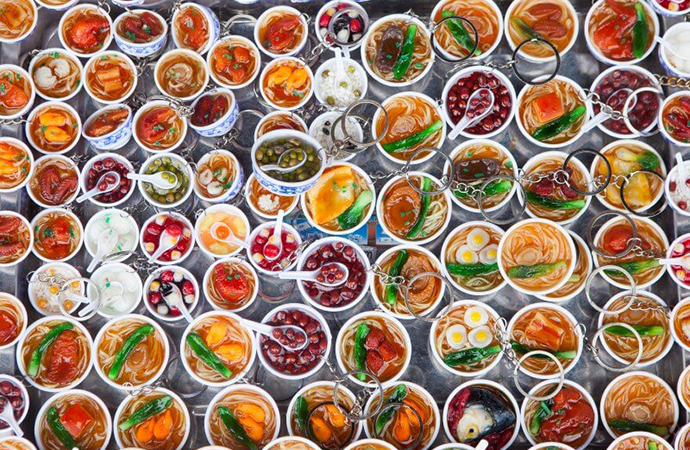
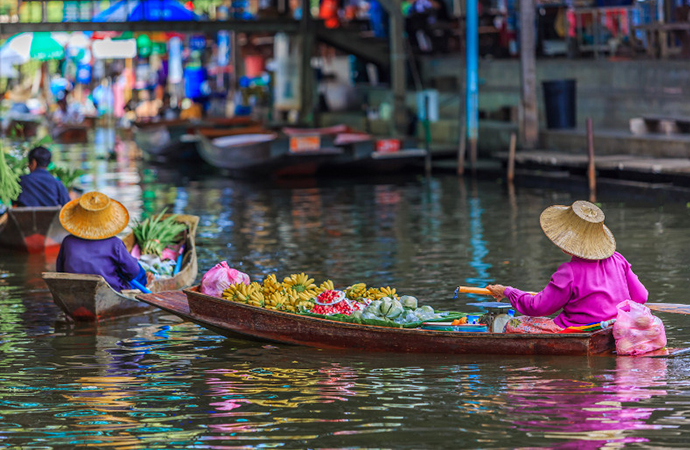
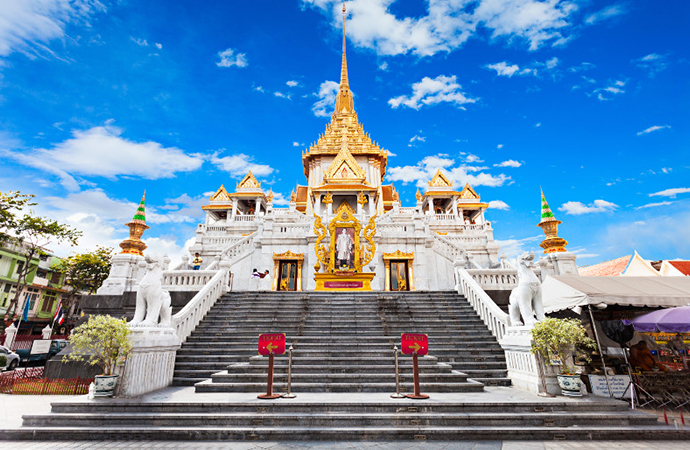
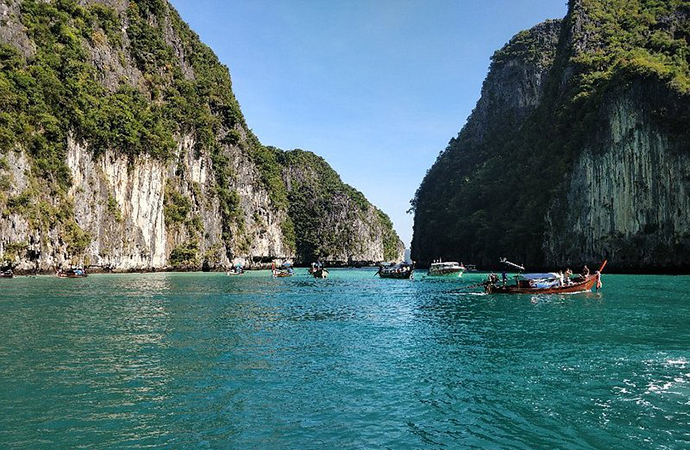
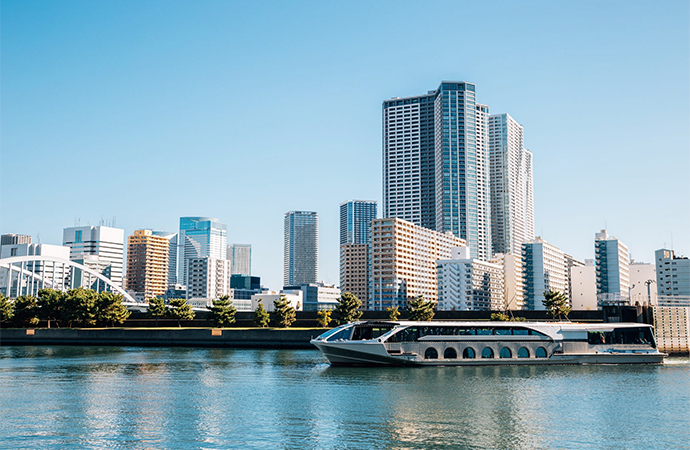
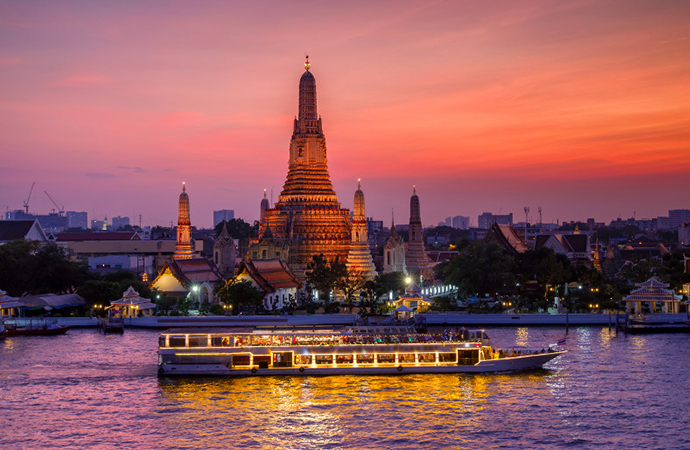
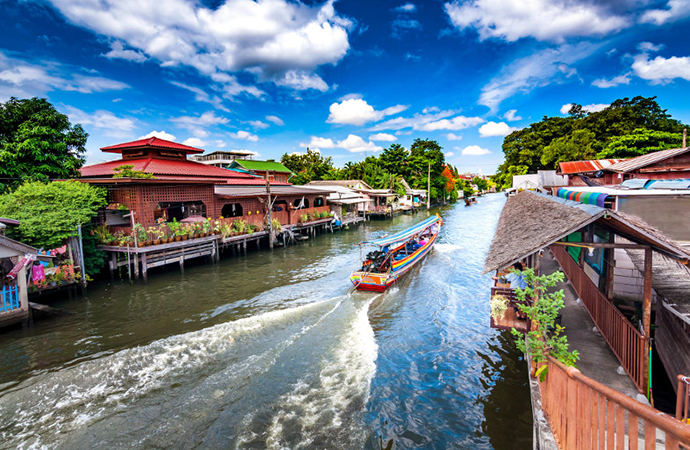



 In-Depth Knowledge with Local Insight
In-Depth Knowledge with Local Insight 


